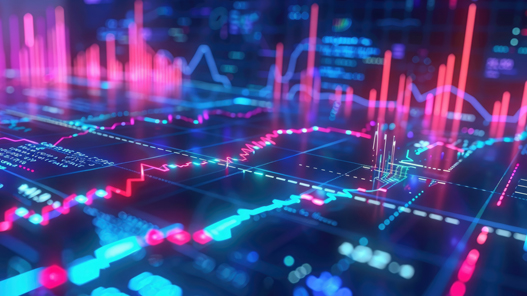
Understanding Microsoft datacenters in Racine County

Microsoft in your community
We believe that companies that can do more, should. That’s why we remain focused on key areas in which technology can and must benefit the future of humanity and our planet. We aim to build and operate digital infrastructure that addresses community challenges and creates local benefits where we operate and where our employees live and work.
What can a datacenter mean for Wisconsin? Iowa’s experience offers insight
Watch our video to hear from local leaders in West Des Moines, Iowa as they share their experiences.

Strengthening Wisconsin as a hub for AI innovation
In May 2024, Microsoft announced a broad investment package designed to strengthen the role of Southeast Wisconsin as a hub for AI-powered economic activity, innovation, and job creation. These investments include $3.3 billion in cloud computing and AI infrastructure, the creation of the country’s first manufacturing-focused AI co-innovation lab, and an AI skilling initiative to equip more than 100,000 of the state’s residents with essential AI skills. Learn more about Microsoft’s AI investments in Wisconsin

Restoring watershed corridors in southeastern Wisconsin
Root-Pike Watershed Initiative Network (WIN) and Microsoft joined forces to restore prairie and wetland habitats in Racine County: Cliffside Park along the shores of Lake Michigan and Lamparek Creek in Mount Pleasant, Wisconsin. In September 2023, the Root-Pike WIN team kicked off wetland restoration at Cliffside Park. The restoration approach recreated open-water refuge and enhanced native flora to encourage migratory bird stopovers, boost pollinator foraging, and reduce sheet runoff to the eroding Lake Michigan Bluffs. Learn more about the watershed restoration projects in Wisconsin

Setting a national model for inclusive economic growth
The success of Microsoft TechSpark in Wisconsin in addressing the digital divide and promoting inclusive economic growth catalyzed local societal change. This has resulted in a more engaged community, demonstrating the power of technology, knowledge, resources, and support in solving local challenges. TechSpark helped upskill individuals and address the shortage of talent in the state. Learn more about the success of Microsoft TechSpark in Wisconsin



